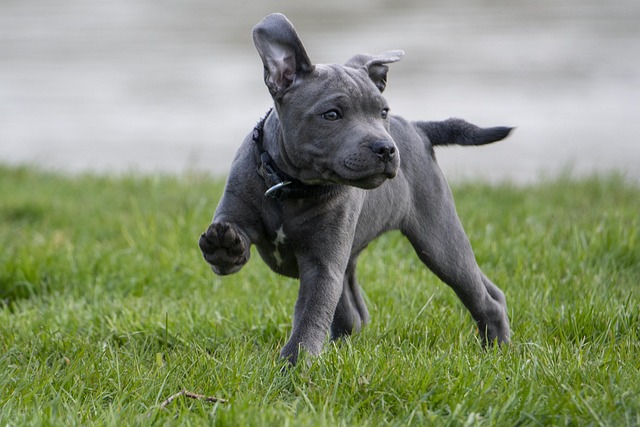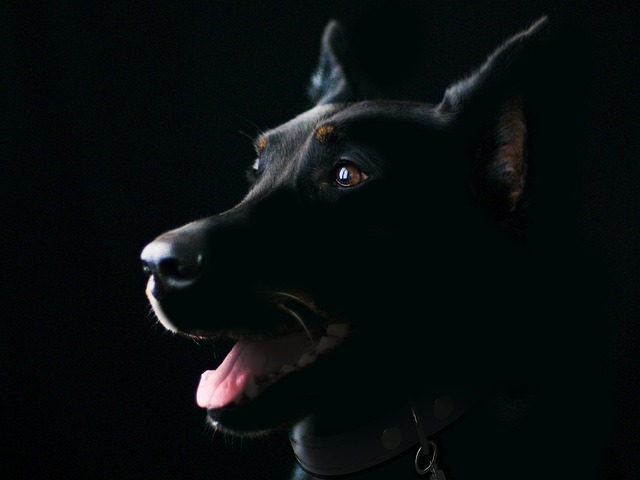You’re in the kitchen, holding a treat, and your dog’s tail is wagging—you’re ready to teach "sit," but how long until they actually get it? That’s the big question for anyone looking to turn casual moments into fun, productive training. It’s not about rushing; it’s about knowing what shapes how fast your pup learns.
Every dog picks up new tricks at their own pace, but most can master basic ones like "sit" or "stay" within 1 to 2 weeks with consistent practice. Younger puppies (3-6 months) might take a bit longer as their attention spans are shorter, while adult dogs often catch on faster if training sessions stay under 10 minutes. It’s key to match the trick’s difficulty to your dog’s skill level—don’t jump to "roll over" if they still struggle with "come."
Following local pet laws matters too, especially when training in public spaces. Many areas require dogs to be leashed in parks, so practice tricks like "heel" while on a lead to stay compliant. Some cities also have noise ordinances, so teaching "quiet" isn’t just helpful for your sanity—it keeps you on the right side of the law. Always carry waste bags during outdoor training; failing to clean up after your dog can lead to fines in most neighborhoods.
 Consistency is more important than the number of hours you spend. Try training at the same time each day, like right after breakfast, when your dog is alert but not overly energetic. Use small, soft treats as rewards—something like freeze-dried chicken works well, but avoid giving too many to keep their weight in check. If your dog seems frustrated, take a break; pushing them too hard can make them associate training with stress instead of fun.
Consistency is more important than the number of hours you spend. Try training at the same time each day, like right after breakfast, when your dog is alert but not overly energetic. Use small, soft treats as rewards—something like freeze-dried chicken works well, but avoid giving too many to keep their weight in check. If your dog seems frustrated, take a break; pushing them too hard can make them associate training with stress instead of fun.
Socialization plays a role in how quickly dogs learn, too. Taking your dog to puppy classes or casual meetups with other friendly dogs helps them stay calm in new situations, which makes training easier. Just make sure any class you join follows local health guidelines, like requiring up-to-date vaccinations. A dog that’s comfortable around people and other pets will be more focused on learning tricks than reacting to their surroundings.
By the end, remember that every dog is unique—some might nail "shake" in three days, while others need a few weeks to feel confident. The goal isn’t to rush through tricks but to build a stronger bond with your pet. As long as you stay patient, keep sessions positive, and stick to local rules, you’ll both enjoy the process. Before you know it, your dog will be showing off their new skills to friends and neighbors, all while staying safe and compliant.

 Consistency is more important than the number of hours you spend. Try training at the same time each day, like right after breakfast, when your dog is alert but not overly energetic. Use small, soft treats as rewards—something like freeze-dried chicken works well, but avoid giving too many to keep their weight in check. If your dog seems frustrated, take a break; pushing them too hard can make them associate training with stress instead of fun.
Consistency is more important than the number of hours you spend. Try training at the same time each day, like right after breakfast, when your dog is alert but not overly energetic. Use small, soft treats as rewards—something like freeze-dried chicken works well, but avoid giving too many to keep their weight in check. If your dog seems frustrated, take a break; pushing them too hard can make them associate training with stress instead of fun.



